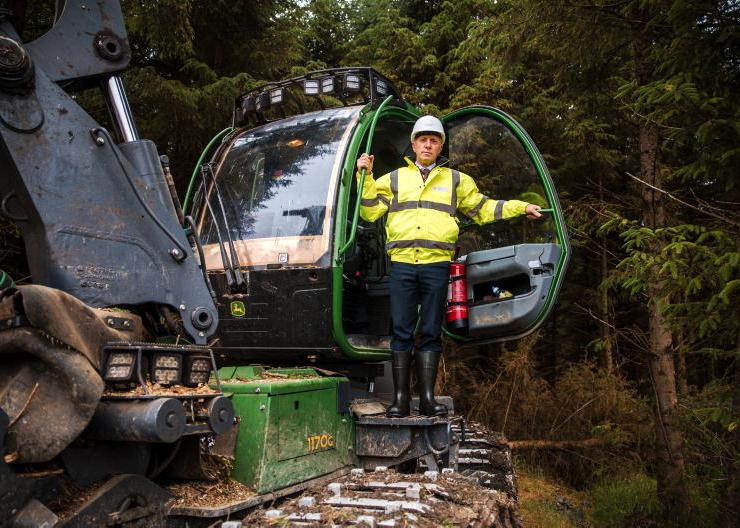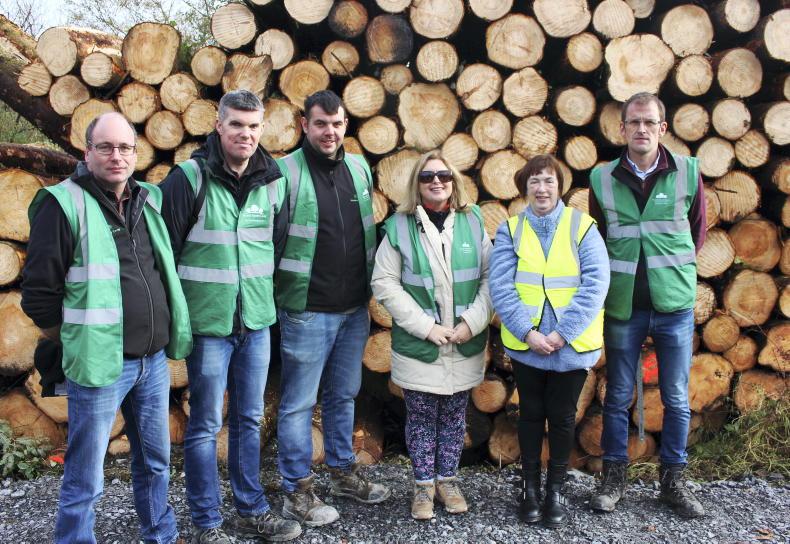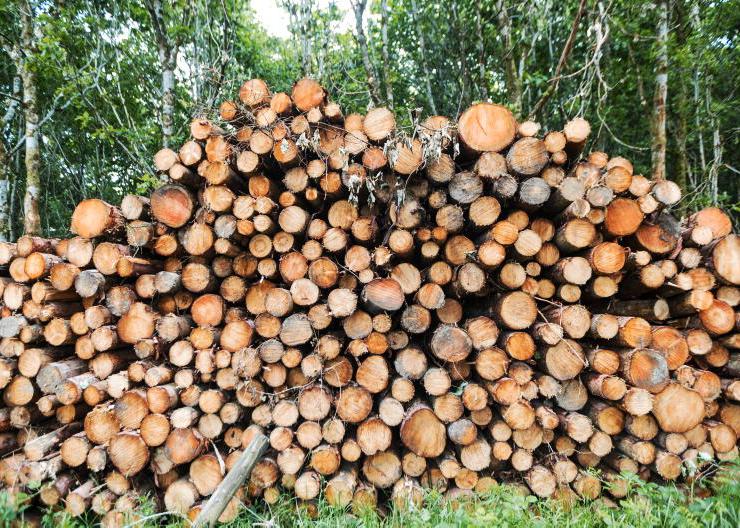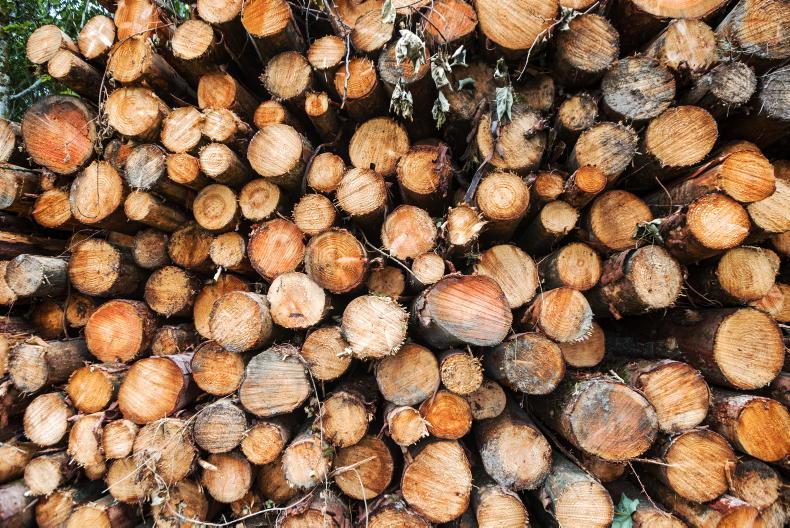I visited a number of forests recently in Co Wicklow and the Dublin mountains, where commercial forestry was rarely mentioned, yet it was always present in some guise.
The forests were teeming with visitors who have been using this recreation amenity in increasing numbers since Ireland adopted an open forest policy in the 1970s.
An estimated 29 million visits are made annually to Irish forests and woodlands, according to Forests Statistics Ireland, published by the Department of Agriculture, Food and the Marine.
Most of these are to Coillte forests as well as woodland areas under the remit of the National Parks and Wildlife Service (NPWS), while a number of county councils also own small areas of woodlands.
Recreation forestry is acknowledged as a major contributor to a nation’s physical and mental health. It may also play a role in the public’s understanding of multi-purpose forestry including tree species mix.
Species mix
For example, the vast majority of people interviewed in the 2022 Behaviour & Attitudes (B&A) poll, believed that a mix between conifer and deciduous was preferable.
This surprised the pollsters who assumed “there might be a greater preference for broadleaf trees over conifers”. This result shouldn’t have surprised the B&A however, as the wide recreational use of Irish forests probably results in a greater awareness, and appreciation, of species mix as most of these visits are to Coillte forests which are predominantly coniferous.

Éanna Ní Lamhna, president of the Tree Council, Minister of State Pippa Hackett and Imelda Connolly, IWG chair examine a woodturned bowl by Colum Murphy in Avondale.\Donal Magner
Only a few private forests are open to the public. Due to the small scale of private forests (currently averaging 7ha), recreation is unlikely to feature. However, as individual private forest holdings increase, the issue of public access is likely to feature in future just as ecosystem services are now part of the new forestry programme.
Who pays for these public good services is now being discussed especially at EU level.
“The quantification of [non-wood] benefits in monetary terms is likely to become more common as a method of comparing them to market benefits such as timber,” acknowledge Vincent Upton, Áine Ní Dhubháin and Craig Bullock in The valuation of non-market forest benefits in Ireland: a review published in 2019.
“Non-market [forestry] benefits [NFMB] are increasingly recognised in national and international forest policy, but comparing them to those already traded in a market poses a significant challenge,” they maintain.
Public good forestry in action
Carrickgollagan, Barnaslingan and the Devil’s Glen are predominntly coniferous as is Avondale Forest Park. But it’s not only their species that define these places but also their connection with the public and their engagement with a wide range of stakeholders.
Stakeholder involvement is in these forests as all projects are essentially collaborations between a wide range of organisations and Coillte.
I visited a number of forests recently in Co Wicklow and the Dublin mountains, where commercial forestry was rarely mentioned, yet it was always present in some guise.
The forests were teeming with visitors who have been using this recreation amenity in increasing numbers since Ireland adopted an open forest policy in the 1970s.
An estimated 29 million visits are made annually to Irish forests and woodlands, according to Forests Statistics Ireland, published by the Department of Agriculture, Food and the Marine.
Most of these are to Coillte forests as well as woodland areas under the remit of the National Parks and Wildlife Service (NPWS), while a number of county councils also own small areas of woodlands.
Recreation forestry is acknowledged as a major contributor to a nation’s physical and mental health. It may also play a role in the public’s understanding of multi-purpose forestry including tree species mix.
Species mix
For example, the vast majority of people interviewed in the 2022 Behaviour & Attitudes (B&A) poll, believed that a mix between conifer and deciduous was preferable.
This surprised the pollsters who assumed “there might be a greater preference for broadleaf trees over conifers”. This result shouldn’t have surprised the B&A however, as the wide recreational use of Irish forests probably results in a greater awareness, and appreciation, of species mix as most of these visits are to Coillte forests which are predominantly coniferous.

Éanna Ní Lamhna, president of the Tree Council, Minister of State Pippa Hackett and Imelda Connolly, IWG chair examine a woodturned bowl by Colum Murphy in Avondale.\Donal Magner
Only a few private forests are open to the public. Due to the small scale of private forests (currently averaging 7ha), recreation is unlikely to feature. However, as individual private forest holdings increase, the issue of public access is likely to feature in future just as ecosystem services are now part of the new forestry programme.
Who pays for these public good services is now being discussed especially at EU level.
“The quantification of [non-wood] benefits in monetary terms is likely to become more common as a method of comparing them to market benefits such as timber,” acknowledge Vincent Upton, Áine Ní Dhubháin and Craig Bullock in The valuation of non-market forest benefits in Ireland: a review published in 2019.
“Non-market [forestry] benefits [NFMB] are increasingly recognised in national and international forest policy, but comparing them to those already traded in a market poses a significant challenge,” they maintain.
Public good forestry in action
Carrickgollagan, Barnaslingan and the Devil’s Glen are predominntly coniferous as is Avondale Forest Park. But it’s not only their species that define these places but also their connection with the public and their engagement with a wide range of stakeholders.
Stakeholder involvement is in these forests as all projects are essentially collaborations between a wide range of organisations and Coillte.











SHARING OPTIONS